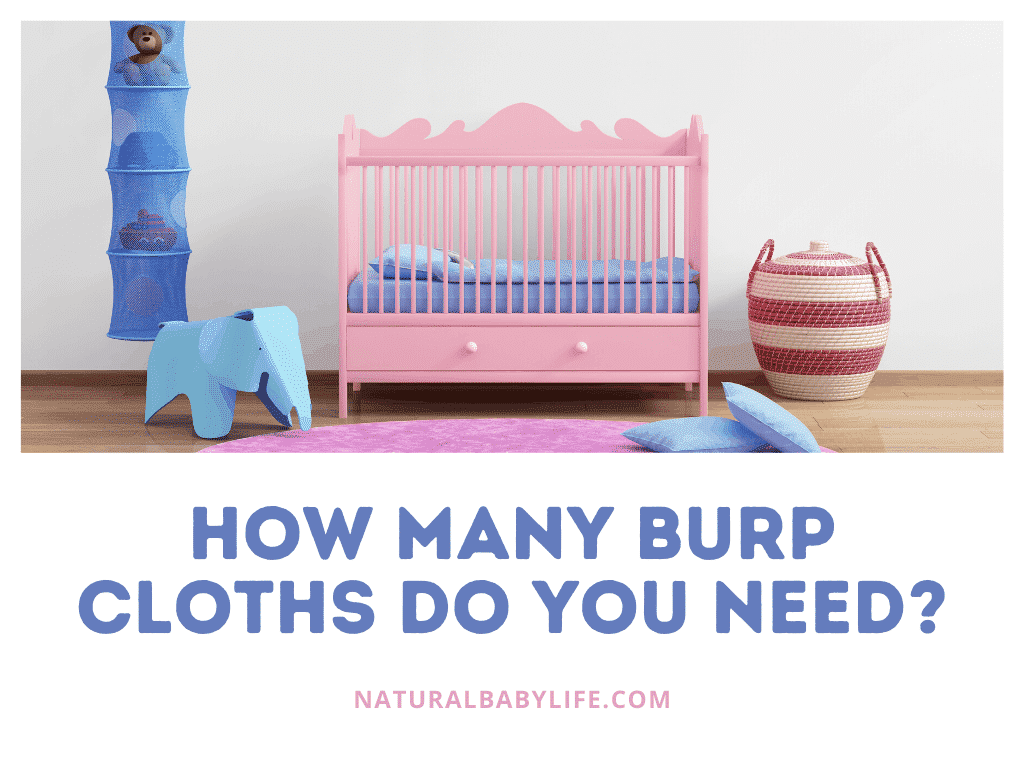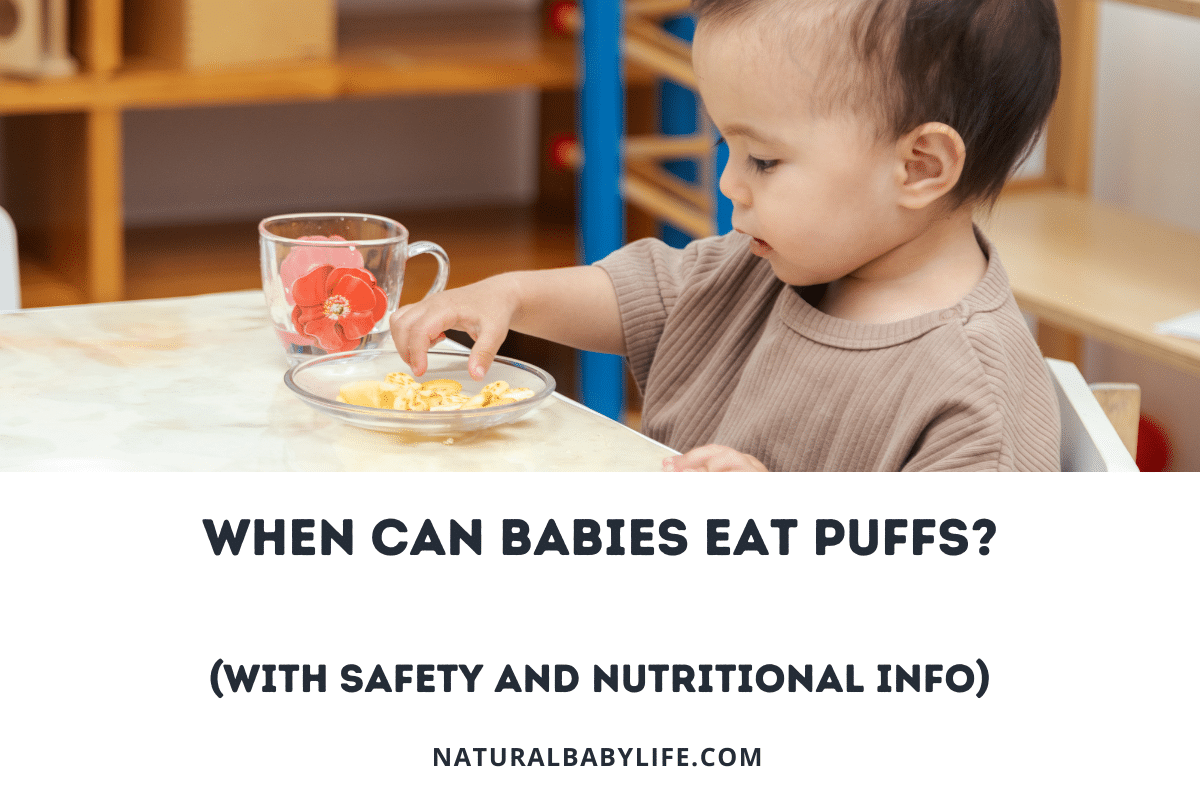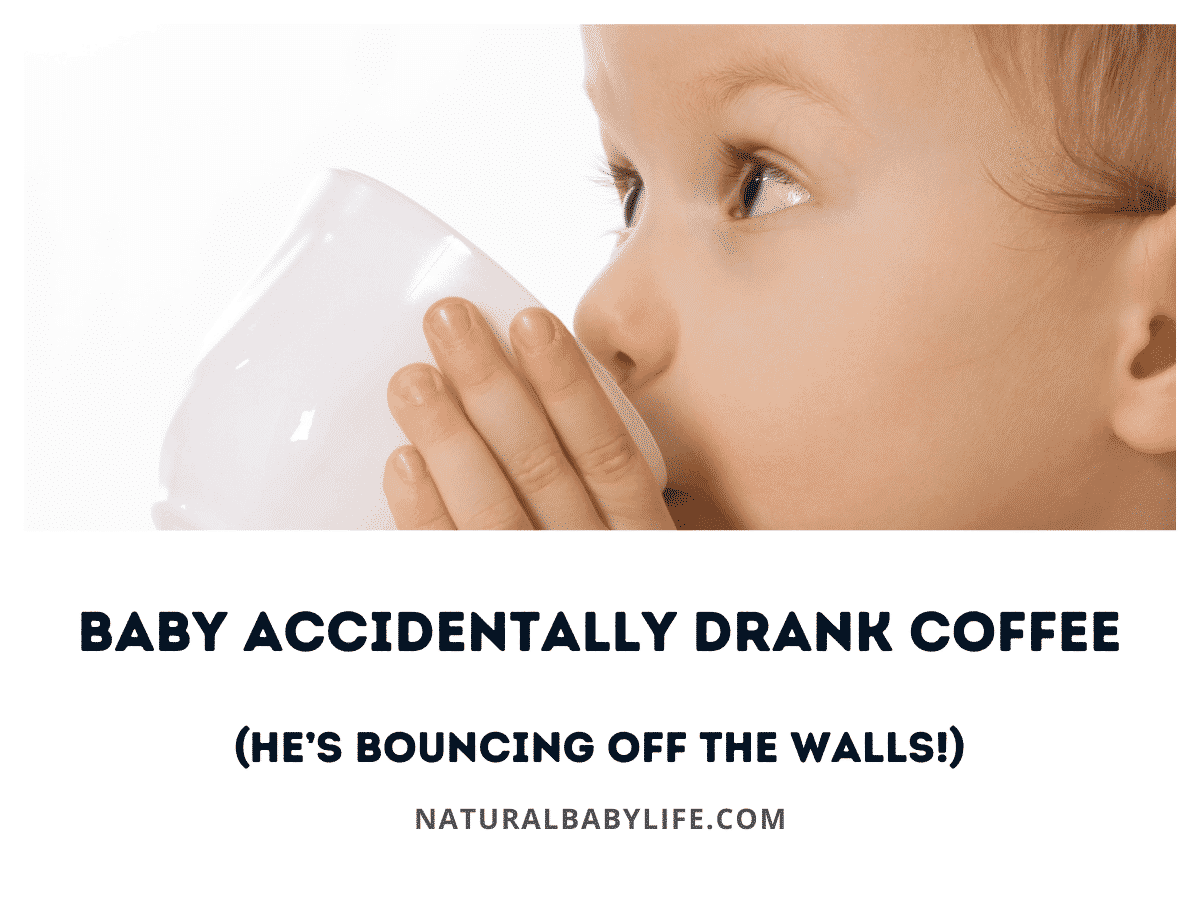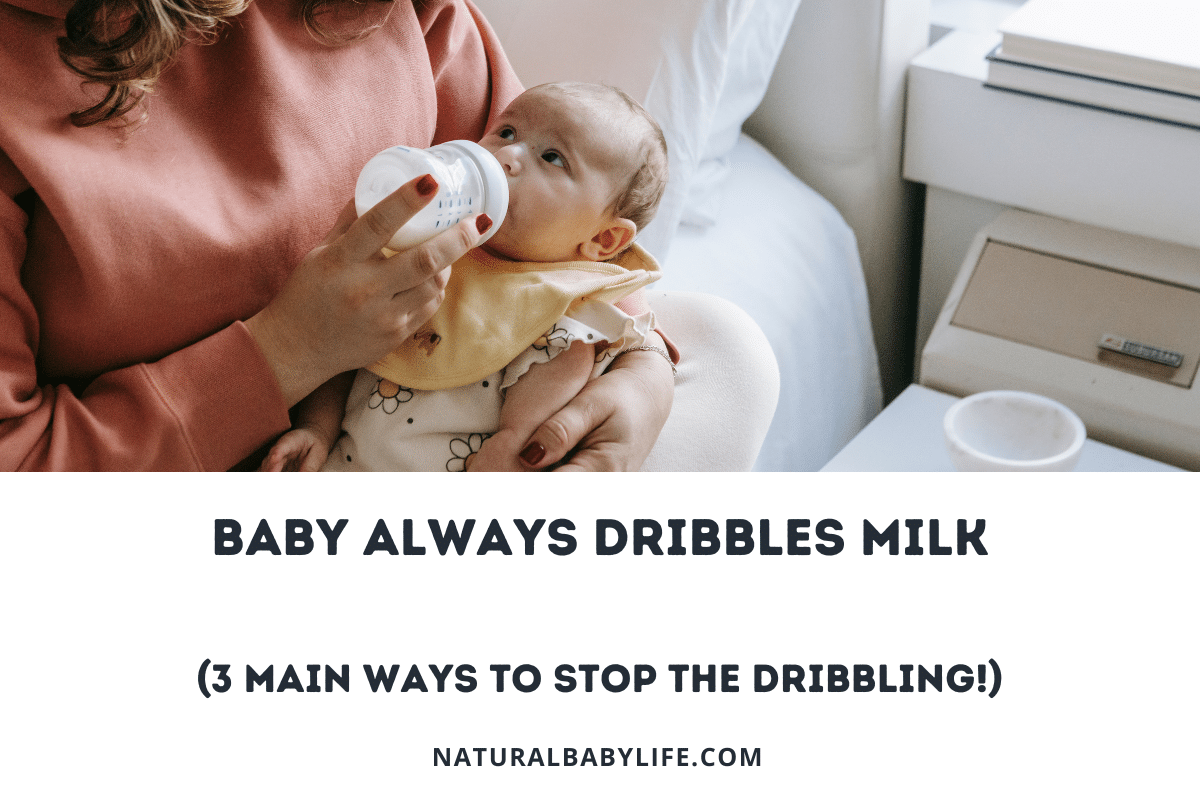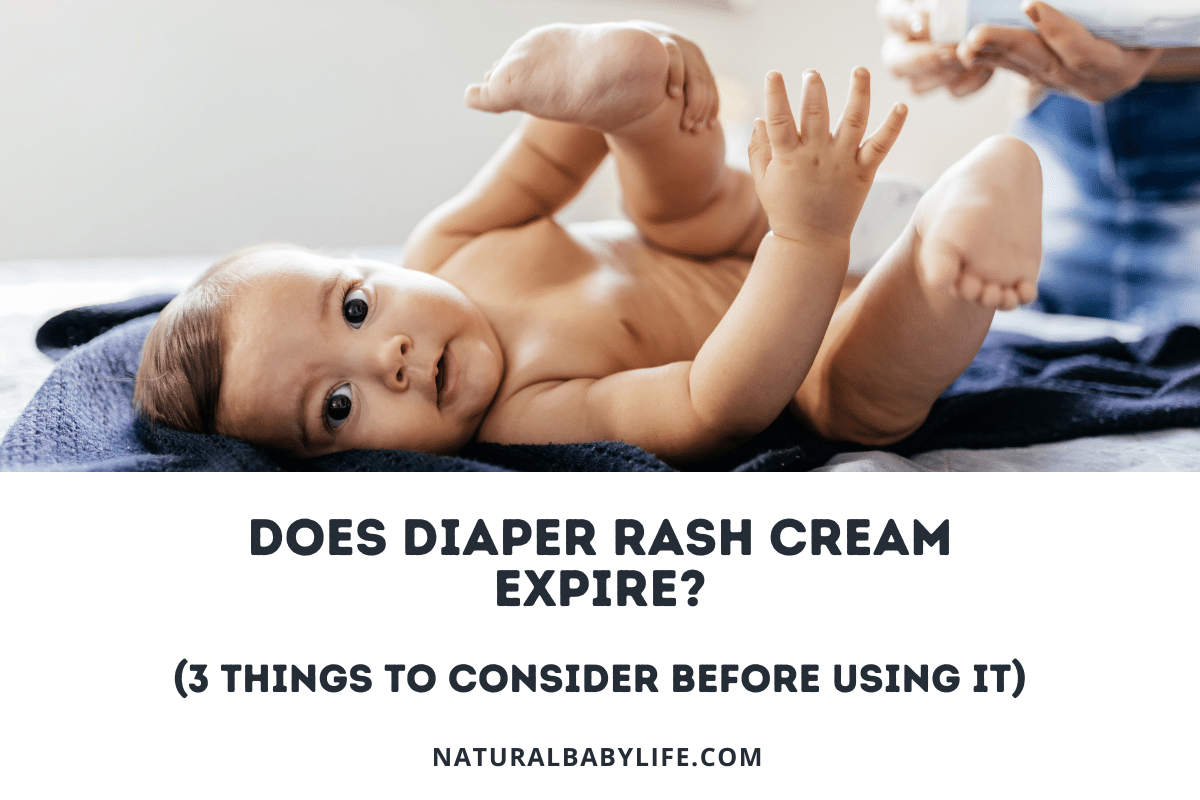Many parents struggle to figure out how many of what they need when it comes to caring for their new baby. As one example, you might wonder how many burp cloths you need, whether or not you need them, and some good alternatives that could be used instead.
Most veteran parents would recommend getting about a dozen large burp cloths to get you through the newborn phase. While burp cloths are designed to absorb spit-up, drool, and other bodily fluids, they will remain useful even after your baby has grown into a toddler because they are so versatile and useful.
Burp cloths are a tool that can make messes easier to handle. They can save your sanity and that new blazer you just bought for work. Keep reading if you want to know more about burp cloths and how they can make life simpler for you.
Table of Contents
What Are Burp Cloths Anyway?
Babies can be unpredictable. They have blowouts, fill their diaper right after you change it, and they spit up like it’s their job. Spit up can ruin your whole day, especially if you’re already running late and have to change your outfit…again. Fortunately, you can keep spit-up off of your clothing with the help of a burp cloth.
A lot of babies will spit up when they are burped. It’s very common for healthy babies to spit up due to infant acid reflux. Stomach contents are usually kept down in the stomach by the lower esophageal sphincter. However, until this muscle fully develops and matures, spitting up can be an issue, especially if your baby has a full belly.
Burp cloths are what you would use to keep the spit up off of your clothing. They simply drape over your shoulder or your lap, depending on how you burp your baby. They come in a variety of colors, patterns, sizes, and textures. They also serve many purposes other than just catching spit-up. They’re useful for wiping food off of faces when the baby is at that stage and wiping runny noses.
Let’s look at some of the most common questions that parents might have about burp clothes.
Are Burp Cloths and Receiving Blankets the Same?
One question that new parents have a lot is if burp cloths and receiving blankets are the same. In a sense, yes they are.
A receiving blanket could be thought of as a larger version of a burp cloth. The burp cloth, however, is smaller than the blanket. Sometimes this creates an issue, though. Since the burp cloth is so small, it may fall off easily while you’re trying to burp the baby. The receiving blanket can be easily draped over your shoulder without falling.
As the baby gets older, you can use the receiving blanket for tummy time, as a changing table cover, and for keeping the baby comfortable and warm after a bath. Once the baby is old enough to not need them anymore, you can repurpose the receiving blankets. You can use them as rags, make them into a quilt, or just fold them up and save them for the next one if you plan to add to your family further.
Check out some of these cool burp cloth ideas. You can make them from receiving blankets if you prefer the smaller version.
Are Burp Cloths Necessary?
Well, if you like to smell like regurgitated breast milk or formula, then they aren’t necessary. However, if you like to keep your clothing free of the sour milk smell, then the burp cloth may be necessary.
Why babies need to be burped
You see, babies have to be burped after they eat, it’s an absolute must. As they eat, they swallow air. This air gets trapped in their bellies and they may become fussy and inconsolable. In order to release this gas, they need to be burped.
According to pediatricians at the Westchester Health Pediatrics group, burping your baby during and after every feeding will help keep those painful gas pains at bay. It’s recommended that your baby be burped before switching breasts if breastfeeding. If you are using formula, burp between every 2-3 ounces until they are at least 6-months old.
Why babies have gas
Babies have gas for a variety of reasons:
- As bacteria break down certain foods in the stomach, it will naturally create gas. This includes what the mother eats if the baby is breastfeeding. If the mother eats foods that cause gas, it will be passed onto the baby.
- If the baby can’t tolerate food that the mom is eating, whether, from an allergy or just a regular intolerance, this can cause the body to have a reaction. This reaction is the creation of gas. The most common intolerance a baby has is dairy. This intolerance can cause diarrhea, cramping, and bloating in tandem with the gas.
- The mom’s diet plays a key role in the baby’s gas problems if they are breastfeeding. The National Institutes of Health says that foods high in carbohydrates and dairy will more likely cause gas than anything else.
- If your baby eats formula from a bottle, they can get gas from too much air in the bottle. Shaking the bottle too much will add air to the liquid, leading to more gas and more spit-up. If this happens, let the bottle settle before allowing them to eat from it.
What Size Should Burp Cloths Be?
There really is no ideal size for a burp cloth.
It all just depends on how you’re burping the baby and how you are draping the cloth. Small cloths are great for sitting on your lap if you’re burping your baby facing forward. Some moms like these ones if they are used to being spit up on because they’re convenient. You can clean yourself up, change your clothes, and toss the cloth in the washing machine.
However, the bigger clothes are what a lot of moms prefer to use because they can be draped over the shoulder easier. If they aren’t used to being spit up on, they like to use the larger ones to stop the regurgitation explosion that comes from their tiny mouths. They offer better protection and can be used in a multitude of ways.
Ways to burp a baby and what cloth to use
As a new parent, you may not realize that there is more than one way to burp your baby. Here are a few ways you can relieve their gas:
- Hold the baby over your shoulder: While supporting your baby’s head and back with one hand, use the other to pat their back. The larger burp cloth is better for this. It easily drapes over your shoulder and down your back in case they spit-up.
- Sit them on your lap: This isn’t the traditional way you may have seen a baby being burped. In this method, you will support your baby’s chest and head with one hand. You will want to hold their chin in your palm while resting the heel of your hand on their chest. Use your other hand to pat their back. Both the small and large cloth are great for this method. The small cloth won’t fall off your lap as it will on your shoulder.
- Facedown: While supporting their head, lay your baby down on your lap and gently pat their back. You can use the small cloth under their head as it won’t bunch up like the larger one.
How To Use Burp Cloths
Parents use burp cloths in their own ways unless you’re a macho dad who says he doesn’t need a burp cloth.
If you want to use one, you can easily spread it over your shoulder before you place the baby for burping. You will want to do this beforehand because just lifting the baby can create the spit-up. You’re going to place it horizontally so that it covers both the front and back of your shoulder. If you’re using the lap method, place the cloth over your lap so it catches whatever may come out of your baby’s mouth.
As with most parenting-related tasks, be prepared to adapt to your baby and how she burps best.
How Long do Babies Use Burp Cloths?
Realistically, you can use a burp cloth for as long as you want. You can repurpose them, use them to wipe your baby’s face, and more. However, in terms of being used to burp the baby and catch spit up, you can use one for around 6 to 9 months. Once your baby has begun sitting and moving around, they don’t need to be burped as the gas will naturally escape as they move.
How to Make Burp Cloths Yourself
Before you begin making your burp cloths, it’s important to make sure you have the right material. Here are some of the best fabrics to use for burp cloths:
- Chenille: 10-ounce cotton chenille is one of the best choices for burp cloths. Not only is it thick, but it’s durable and soft. They have fantastic water retention and if you want to make it even more absorbent, pair it with terry cloth on the backside. Chenille can be easily laundered in cold water and dried on low heat. It lasts long and it’s hypoallergenic as it’s 100% cotton.
- Terry Cloth: Terry cloth is super absorbent and soaks up quickly. It’s made from 100% cotton, making it hypoallergenic. It’s super soft and very versatile.
- Flannel: Flannel is durable and soft, absorbent, and it will get softer with each wash. It’s 100% cotton, making it hypoallergenic. Make it fun by choosing cute patterns like animals.
- Bamboo: You wouldn’t necessarily think of bamboo as fabric, but it’s actually pretty great for burp cloths. Bamboo is soft, antibacterial, and breathable. Not to mention, eco-friendly.
- Minky: Minky is super popular as it is soft, comes in a variety of colors, and can be machine washed. Combine it with flannel for even more absorbency.
What you need
To make burp cloths, you will need fabric scissors, the fabric of your choice, fabric pins, pen or pencil, regular scissors, thread, ruler, and a brown bag to make the pattern. If you have patience, you can sew them by hand. If you have a sewing machine, this would be your best bet.
Directions
Here’s how to make your own burp cloth:
- Wash your fabric. This will keep them from shrinking after you have made them.
- Make your pattern. Use your brown bag to sketch the pattern. The average size for cloth is 19.5 x 7.5 x 10.5 inches.
- Cut your cloth. Fold the fabric in half as you will be cutting two sides at a time. Pin your pattern to the fabric and cut.
- Pair your fabric if you want. You can use two of the same fabric or pair. Try chenille and terry cloth for extra absorbency.
- Lastly, sew your fabric. Put the right sides out and sew around the edge with the color thread of your choice. Once you are done, you can use them for yourself or give them away as gifts for your soon-to-be parent friends.
If you need templates, check out this link.

